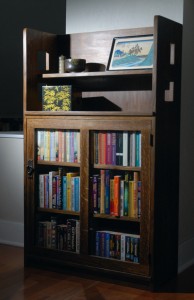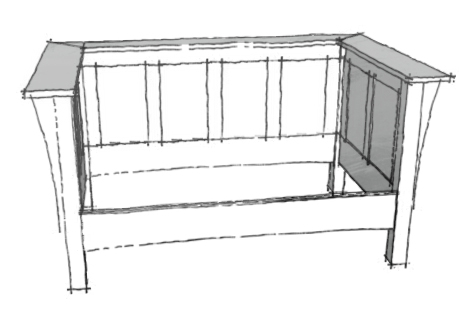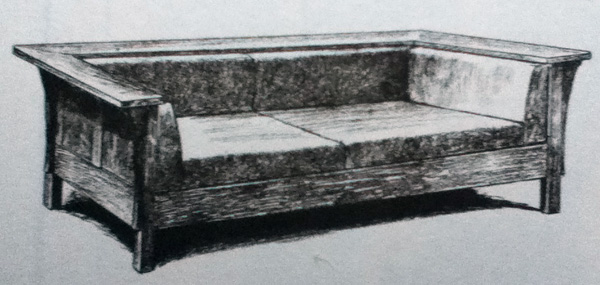The April 2014 issue of Woodworker’s Journal features my build of the Limbert No. 367 bookcase (see the issue preview here) in fumed quartersawn white oak. The Charles Limbert company produced a variety of bookcases. The No. 367 strikes a nice balance between design and utility. While it’s not as striking as the No. 355, it features Limbert’s signature cutouts, is easy to build, and, for those needing a lot of book storage, arranges well in multiples.
More Information
- Buy the issue (via Woodworker’s Journal store)
- My book includes measured drawings for the No. 367 and 32 other Limbert designs.





